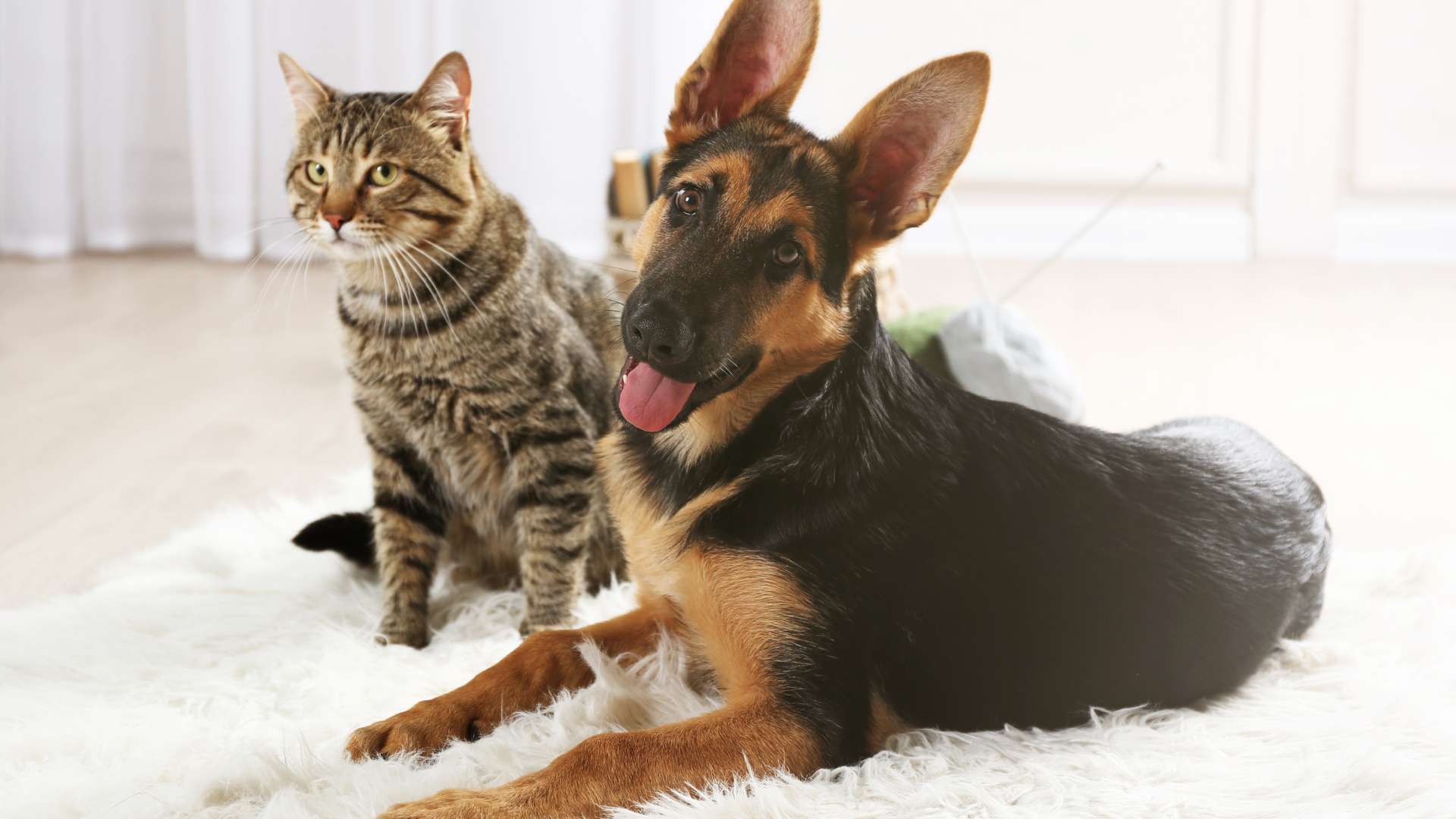In the YouTube video "The History of the World According to Cats" posted by TedEd, we are taken on a journey through the fascinating history of cats, exploring their rise from wild predators to revered companions and even essential naval assistants. Cats have been at the center of human civilization for over 10,000 years, playing a crucial role in pest control, companionship, and even surviving the most dire circumstances, as evidenced by the legendary story of Unsinkable Sam. In this blog, we’ll dive into the historical evolution of cats, from their domestication in ancient times to their vital roles on ships, and how their wild traits remain intact despite thousands of years of coexistence with humans.
The Tale of Unsinkable Sam: A Cat’s Heroic Legacy
One of the most captivating stories featured in the video is that of Unsinkable Sam, a black and white cat who became a legend during World War II. After the German battleship Bismarck sank on May 27th, 1941, only 118 survivors remained out of 2,200 crew members. Among them was Sam, who was found clinging to a floating plank. This resilient cat went on to serve aboard multiple ships, even surviving another torpedo strike that sank yet another vessel.
Sam’s story highlights the important role cats played on naval ships, particularly in helping to control rats and boost morale. Cats were essential companions for sailors, providing comfort during long, difficult voyages, and proving their resilience in the harshest of circumstances. The story of Unsinkable Sam serves as a reminder of how cats have been vital companions in human history, not just as pets, but as hardworking helpers.
From Wildcats to Domestic Companions: The Origins of Cats
The domestication of cats dates back over 10,000 years, to the Neolithic era in the Fertile Crescent region. Early farmers stored surplus food in large pits and clay silos, attracting rodents. The presence of these rodents drew wildcats, specifically Felis silvestris lybica, a species native to North Africa and Southwest Asia. These wildcats were similar in size to modern cats but were more muscular, less social, and had striped coats.
Over time, a mutually beneficial relationship formed between humans and these wildcats. Cats helped control the rodent populations that threatened human food stores, and humans tolerated their presence in exchange for pest control. As humans migrated, these wildcats traveled with them, spreading to new regions, including Europe and the Mediterranean.
Cats on Ships: Vital Companions in Naval History
Vermin were a significant problem on ships, where they could damage provisions, ropes, and other vital components of a vessel. Cats were introduced aboard ships as natural pest controllers, keeping the rodent population in check. As ships traveled between ports, cats became vital companions for sailors, not only for their pest control abilities but also for their companionship during long voyages.
In Ancient Egypt, cats were revered and domesticated for their ability to kill snakes, catch birds, and hunt rats. Egyptian cats were essential for controlling venomous river snakes on the Nile and later became crucial crew members on larger sea vessels. This cultural reverence for cats only further cemented their place as important companions throughout history.
The Global Spread of Cats Across Civilizations
As cats traveled with humans, their role in various cultures continued to evolve. During the Roman Empire, ships traveling between India and Egypt carried cats of the Felis silvestris ornata lineage. By the Middle Ages, Egyptian cats had spread to Viking ships, traveling as far as the Baltic Sea. These cats helped control pests and continued to spread across Europe, eventually making their way to the Americas and Australia.
Despite their extensive global spread, the genetic makeup of modern cats remains very similar to their ancient ancestors. Unlike dogs, which have undergone extensive selective breeding, most house cats today still retain many of the wild traits and behaviors of their ancestors.
The Independent Nature of Cats: More Wild Than Domesticated
Unlike dogs, which have been selectively bred for specific traits, cats remain largely unchanged from their wild ancestors. While dogs were bred for companionship, herding, and protection, cats have remained more independent and self-sufficient. They are fierce hunters by nature and have retained many wild behaviors, including their ability to fend for themselves and navigate their environment.
Cats do not view humans as their owners or keepers, but rather as companions or providers. This unique relationship is what sets cats apart from dogs. While dogs have evolved to become more social and cooperative with humans, cats have maintained a much more independent and wild nature, making them both fascinating and mysterious companions.
The Role of Cats in Our Homes: Pest Control and Companionship
Despite their wild nature, cats have carved out a unique place in our homes. Cats continue to serve as excellent pest controllers, keeping our homes free from rodents and other unwanted guests. However, their role has evolved over time, and today, cats are beloved companions that provide emotional support and affection.
To ensure that your cat remains comfortable and healthy, it’s important to maintain a clean environment. Products like Carpet Deodorizers, Laundry Powders, and All-Purpose Cleaners from Good Natured Brand are ideal for keeping your home fresh and hygienic, especially in areas where your cat spends a lot of time. These products help reduce odors and maintain a healthy living space for both you and your feline companion.
Conclusion: A Timeless Bond Between Cats and Humans
The history of cats is a testament to their enduring resilience and unique role in human civilization. From their domestication over 10,000 years ago to their survival in the most extreme conditions, such as aboard sinking ships, cats have proven to be invaluable companions. Their independent nature, combined with their practical skills in pest control, makes them both fascinating and mysterious.
The relationship between cats and humans is complex but deeply rooted in mutual benefit. As we continue to share our lives with these independent creatures, it’s important to recognize their wild nature and provide them with environments that allow them to thrive. Whether as hardworking sailors or beloved pets, cats continue to hold a special place in our hearts and homes.


















